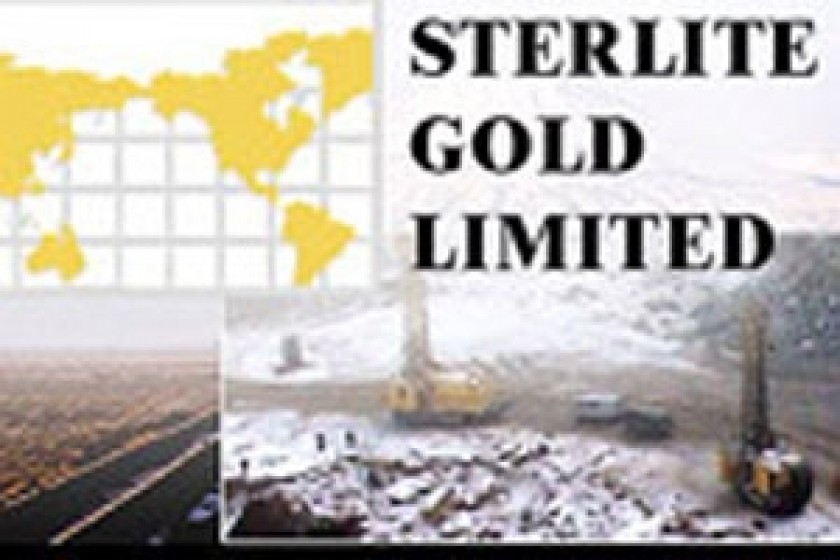
Anil Agarwal Takes the Shine Off Armenian Gold
Armenian partners in the AGRC joint venture were surprised when, after they offered support to Anil Agarwal, there was no collaboration as originally expected, but instead the Indian side simply ignored the Armenians' proposals. After some time, they ceased to organize board of directors meetings and demanded that the Armenian share of the company be transferred to them. The state share in AGRC was sold in its entirety to Anil Agarwal's company, Sterlite Gold, in 2002. Agarwal became the sole owner of all of Armenia's gold.
Sterlite Gold announced that it had produced 102,960 ounces of gold in 2002, mainly from reserves. However, limited reserves have also meant a decline in the volume of production by the company. In 2003, production fell to 59,000 ounces. The company attributed that to a decrease in reserves, although they have the potential to process 1 million tons of ore annually.
According to company data, the first trimester of 2005 has seen 12,519 ounces of gold produced from reserves and ores. This constitutes 1% of profits earned in the first trimester of 2004. The Ministry of Ecology, however, declared that the company had hidden the actual volume of extracted gold from the government. The court case that ensued between the Ministry of Ecology and the company ended in reconciliation. But the agreement signed in court is in reality quite a shady deal.
The explanations given by the company for the decline in production have aroused suspicion. The company claimed that reserves in the Sotk mine were less than originally thought, suggesting that Soviet data was inaccurate. However, the volumes of gold ore at Sotk have been confirmed not only through investigations, but also throughout the process of extraction, including in the Soviet years, when there was no need to artificially increase on paper the volume of reserves available. As we have already described, company complaints regarding transport costs for the ore are ludicrous. It is well known that, in contrast to the value of gold on the international market, which has gone up sharply since 2002, the cost of transport has remained the same, and even decreased over the past two years due to the devaluation of the dollar. It is perhaps possible to believe that production has declined due to a decrease in the volume of reserves. Judging by the figures on the Sterlite Gold website, the company seems to lack the means to make serious investments in the extraction of gold, which means a decline in production.
According to data found on the Sterlite Gold website, geological investigations into the volume of gold reserves have seen serious irregularities, while experts in the area are very skeptical about the company's claims regarding the sudden decline in reserve volumes. It is also known that the volumes of these reserves have been established through investigations by various prestigious international organizations, while Sterlite Gold's claims regarding the ongoing decline in reserves are unsupported. The site also claims that there is less second-stage ore than originally expected, and, in order to keep the production of gold at a high level, the company aimed at increasing the depth of the open mine earlier than originally planned. Sterlite Gold is now going to begin its main exploration work in the west side of the mine to establish the volume of P1 reserves. It is expected that these new reserves will serve as the basis for entry into the third stage.
But it seems that declarations of an increase in production volume have one aim in sight - to convince the government to give permission for a new gold extraction plant near the Sotk mine. It is known that the company is presenting dramatically different pictures of the Sotk and Meghradzor mines to potential investors and buyers. Anil Agarwal is currently promising huge investments, providing permission to build the extraction plant near Sotk is given. It is hard to understand why those huge investments are not being made now, without the construction of a new plant, which is potentially harmful to the environment. Declarations made to foreign companies by the Indian owners of the Sotk and Meghradzor mines can provide huge profit to them at the current prices for metals in the international market. This has also been confirmed by international companies which helped lay the technical and economic foundation for AGRC.
Meanwhile, Sterlite Gold shares have dropped on the London stock exchange from their maximum price of 21 cents, registered in August 2004. The conflict with the government, which began in September, has caused shares to drop to as low as 3 cents; the price is now at 4 cents. This is unusual, considering that the market value of gold has seen an unprecedented rise over the past few months. In these conditions, Agarwal can sell his shares in Sterlite Gold for US$ 10-12 million.
 Videos
Videos Photos
Photos
Write a comment